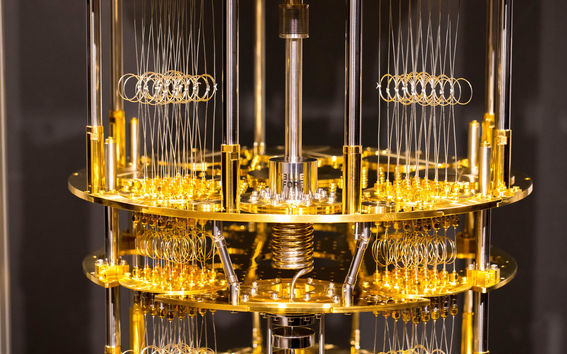Technology transfer
Our IP Commercialization Policy is designed to maximise societal impact by effectively leveraging outcomes from university research, education, and other activities. This policy also aims to generate funding to support the university's stated missions. The Vice President of Innovation and the Chief Financial Officer are responsible for the policy's implementation and may issue additional guidelines as necessary.

What is a technology transfer?
Technology transfer involves transferring the ownership of, or user rights to properties from Aalto University to a registered company. These properties include:
- Intellectual property rights (e.g., patents, patent applications, invention disclosures, research results, software, trademarks, business secrets, design rights)
- Material property rights (e.g., equipment, materials)
A university spinoff company (i.e., university spinout or academic spinout) is a business venture that is created to commercialise a technology, research, or intellectual property developed within a university. These companies are typically founded by university faculty, professors, researchers, or students and are based on innovations or discoveries made in university laboratories or scientific research projects. Also Aalto University will be a founding member in the new spinoff.
Objectives
Aalto University strives to
- Align interests with all stakeholders, including inventors, company management and investors, to foster collaborative and productive relationships;
- Negotiate mutually advantageous agreements that ensure the continued use of intellectual property (IP) in academic and educational pursuits;
- Comply with EU and national legislation regarding the pricing of IP transactions to maintain competitive neutrality.
The coordination of technology transfer activities is managed by the Head of Spinoff Asset Management, who ensures all necessary criteria are met before reaching an agreement.
Requirements for technology transfer
Aalto University performs a due diligence process to ensure the potential commercialising partner is committed and capable of developing the innovation and scaling it up in the market (innovation readiness level). Assessments include
- the quality of the business plan (market potential, sales strategy, and financial plan),
- alignment with Aalto University values, and
- risk management capabilities.
For spinoffs also team composition, secured funding and investability will be assessed.
Transfer to a spinoff company
Aalto University evaluates similar factors as investors in a spinoff company, with the main university investment being the IP, while investors contribute cash and venture experience in managing a successful startup. The competence and composition of the founding team and a capitalisation table reflecting committed shareholders are crucial to attracting future investors.
Technology transfer discussions may begin once the innovation has reached a suitable innovation readiness level (IRL) and the team has drafted their business plan, cap table including the team and roles and investment memorandum.
Transfer to an established corporation
When transferring IP to an established corporation, Aalto University negotiates terms that may include a one-time lump sum or ongoing royalties. These terms are designed to balance immediate financial returns with long-term collaborative potential, such as joint research projects or partnerships.
Terms of transfer
For spinoffs, Aalto University joins the team as a founder with 10-19,9% stake. Aalto's share will dilute with the other founders from the first round.
For established corporations, the transfer terms are tailored to the specific context of the IP and the strategic goals of the partnership.
Document templates available for technology transfer
- IP Commercialisation Policy
- Investment Memorandum
- R2B Capitalisation Table
- Shareholder agreement
- Technology Transfer Agreement
For Aalto personnel, see also Ancillary activity policy.
These document templates provide a detailed framework to ensure transparency, efficiency, and alignment with the university’s strategic goals during technology transfers.






